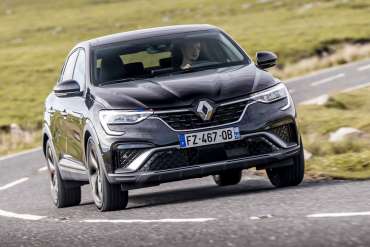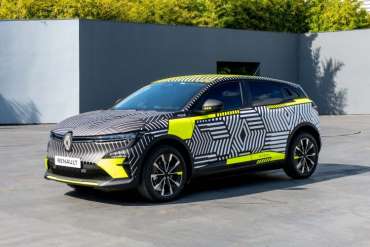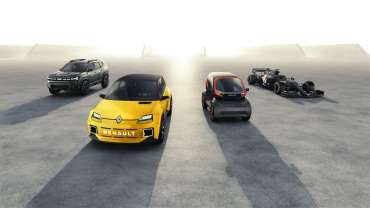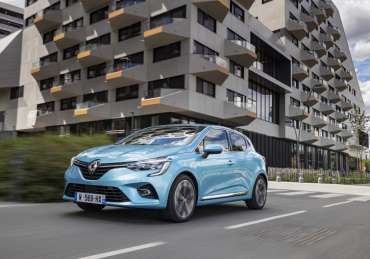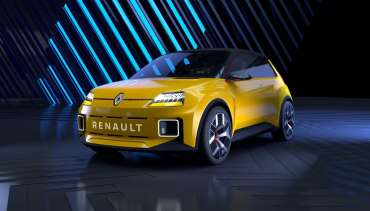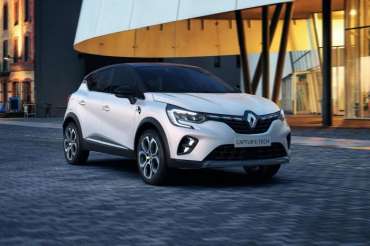Displaying items by tag: Renault
Renault Arkana review
A well-priced and good-to-drive Coupe/SUV crossover
Is the Renault Arkana any good?
This is the latest addition to the Renault range. It's a new SUV/coupe crossover – currently the biggest it offers in the UK – and it's a direct rival for the Parkers car of the year-winning Toyota C-HR as well as the innovative Citroen C4 and Mazda CX-30. We've driven a European-spec left-hand drive version for early impressions.
The Arkana is usefully on point right now – it's exclusively a hybrid, and comes in front-wheel drive form only. It's the first coupe-styled SUV from Renault, it arrives in the UK in late August, and is priced from £25,300, making it an affordable alternative to its bigger-selling rivals.
Most importantly, the Renault Arkana aims to offer a mix of style, practicality and refinement in a value-for-money package. The early signs are that it's a good-value and stylish car with appeal.
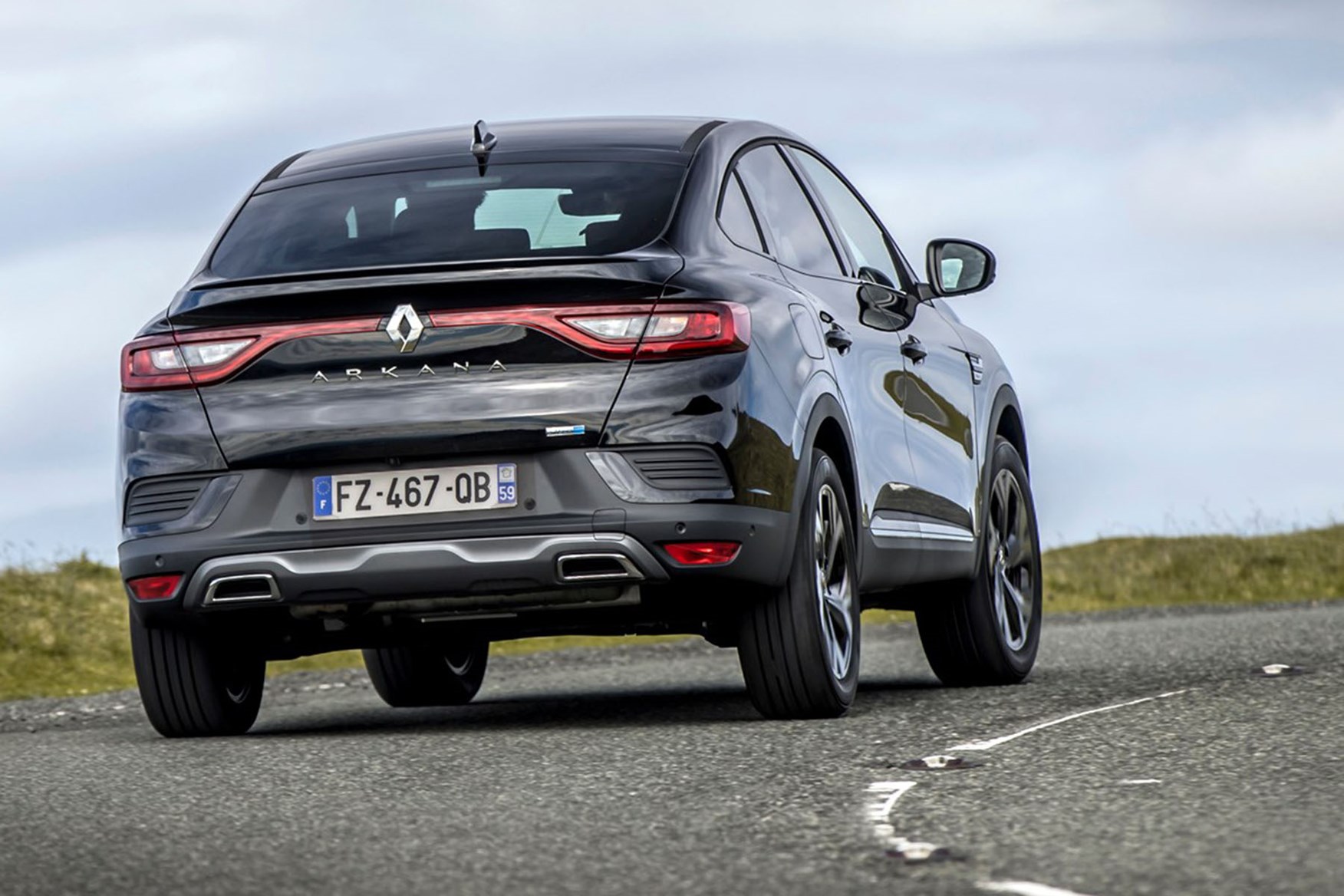
What's it like inside?
The cabin quality is intended to be premium. Certainly, Renault has massively upped its game in this area recently – the interiors of the current Clio and Captur are very modern, stylish and clever. Our test Arkana was a pre-production model, in not-quite UK spec, so it wouldn't be fair to pass comment on the details, but there's nothing radical or innovative going on with the cabin architecture.
There are a lot of physical switches, which dates the cabin, but for many people will actually be a boon, meaning you won't be over-using the touchscreen.
This is a stylish car, but also very much aimed at families, so it needs to look more coupe-like from the outside than it feels from the inside. And it does. The curve of the roof hasn't resulted in tiny windows for the rear passengers, and unlike the Toyota C-HR it's bright and airy in the back.
Rear passengers get slightly more width than those in the front. There are three seats in the back, although a full-grown adults wouldn't enjoy spending an extended time there. It's better to treat the Arkana as a four-seater, and use the wide, comfortable central armrest in the back. Rear legroom is adequate, and headroom will only be an issue for over-six-footers.
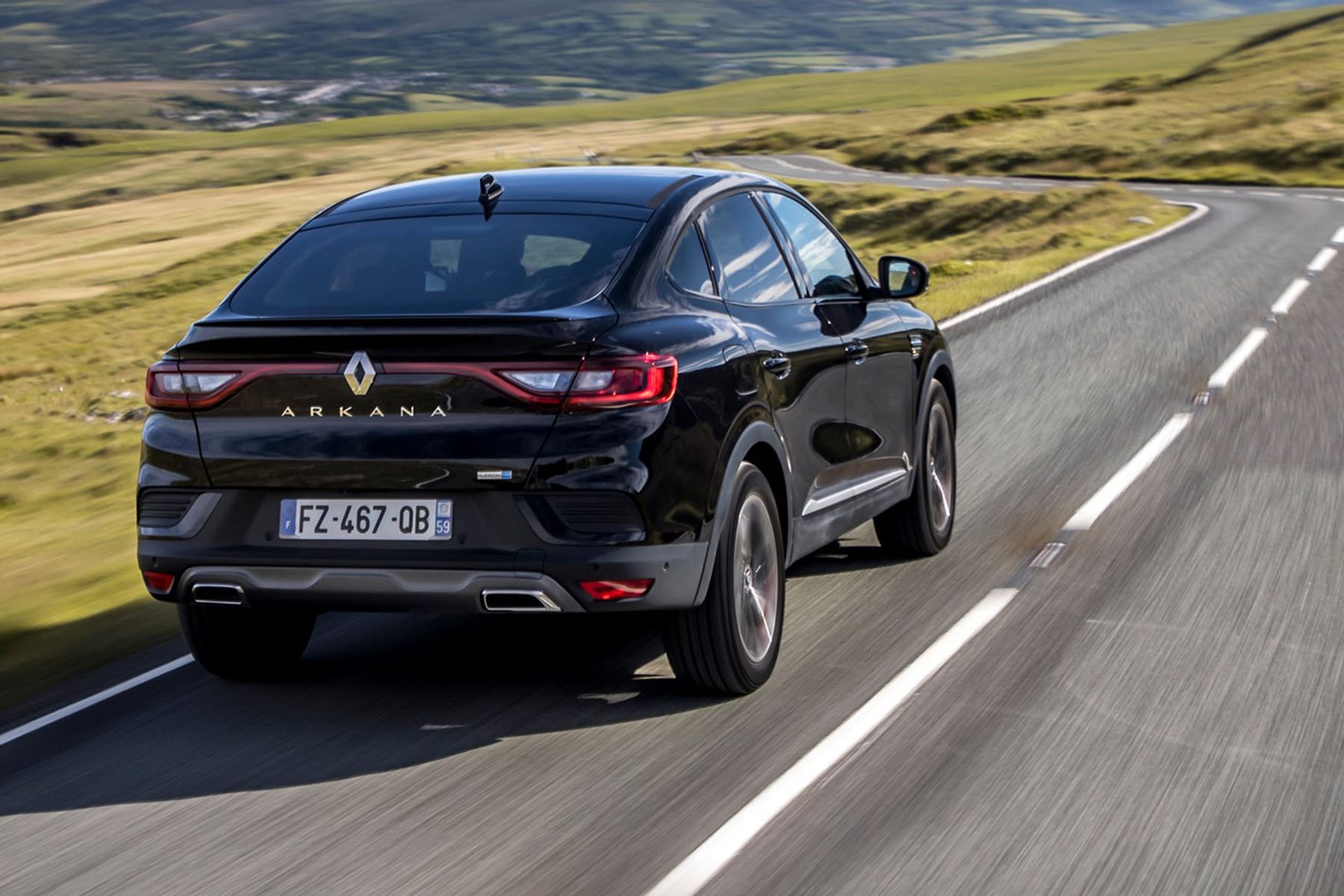
The rear seat splits 60:40, and folds flat to increase boot size from a decent 480 litres for the E-Tech hybrid (513 for the TCe mild hybrid) to a handy 1,263 (1,296), although the angle of the hatch will rule out boxier loads.
What's it like to drive?
The Arkana's performance won't set the world on fire, but it's very smooth and refined, which is what you're looking for from a hybrid. Acceleration is leisurely, with a 0-62mph time of 10.8 seconds, while the 108mph maximum speed is more than enough for a family car in this class.
A battery sits under the rear seats and powers an electric motor that's attached to the 1.6-litre petrol engine up front, supplemented by a starter-generator, much as you get in a mild hybrid. Between them they muster a total of 140hp, and it starts up in EV mode.
It sits on the same platform as the Clio and Captur, which are both excellent cars to drive. Increasing its size has not harmed the handling or ride quality one jot. It corners willingly and soaks up most bumps unobtrusively, helped by comfortable seats.
On all but entry-level models you get drive modes play with, but since Pure seems a little sluggish and Sport a bit sudden, you're best off sticking with Hybrid, which provides a responsive set-up and deploys whichever permutation of electric, petrol and mixed power sources is best for any given situation.

Don't be fooled by the RS Line trim, which is purely cosmetic. The on-paper figures are modest and correspond closely with the undramatic sensation of driving the Arkana.
The E-Tech's automatic transmission system doesn't have a manual shift option. Instead, it just gets on with delivering power to the front wheels without drawing attention to itself or requiring any driver input.
The other version, the TCe 140 mild hybrid, has only a small extra battery under the front seats, which can store surplus energy directed to it by the 12-volt starter-generator attached to the 1.3-litre petrol engine. It can't drive on electric power only – it's there to help the petrol engine and give smooth stop-start operation. It's the lighter and quicker of the two cars: 140hp, 9.8sec to 62mph and a top speed of 127mph.
What models and trims are available?
There are three spec levels, all available with either powertrain: Iconic, S Edition and RS Line. All look and feel like good value-for-money cars. The performance isn't going to get anyone excited, but if your priorities are style, practicality and a good smattering of convenience and comfort features, then you're looking in the right place.
Apple CarPlay and Android Auto connectivity is standard. All models get Active Emergency Braking System, Traffic Sign Recognition, Lane Departure Warning, Lane Keep Assist and cruise control. Lighting is all-LED. Options include an opening sunroof, leather upholstery, black roof and adaptive cruise control.
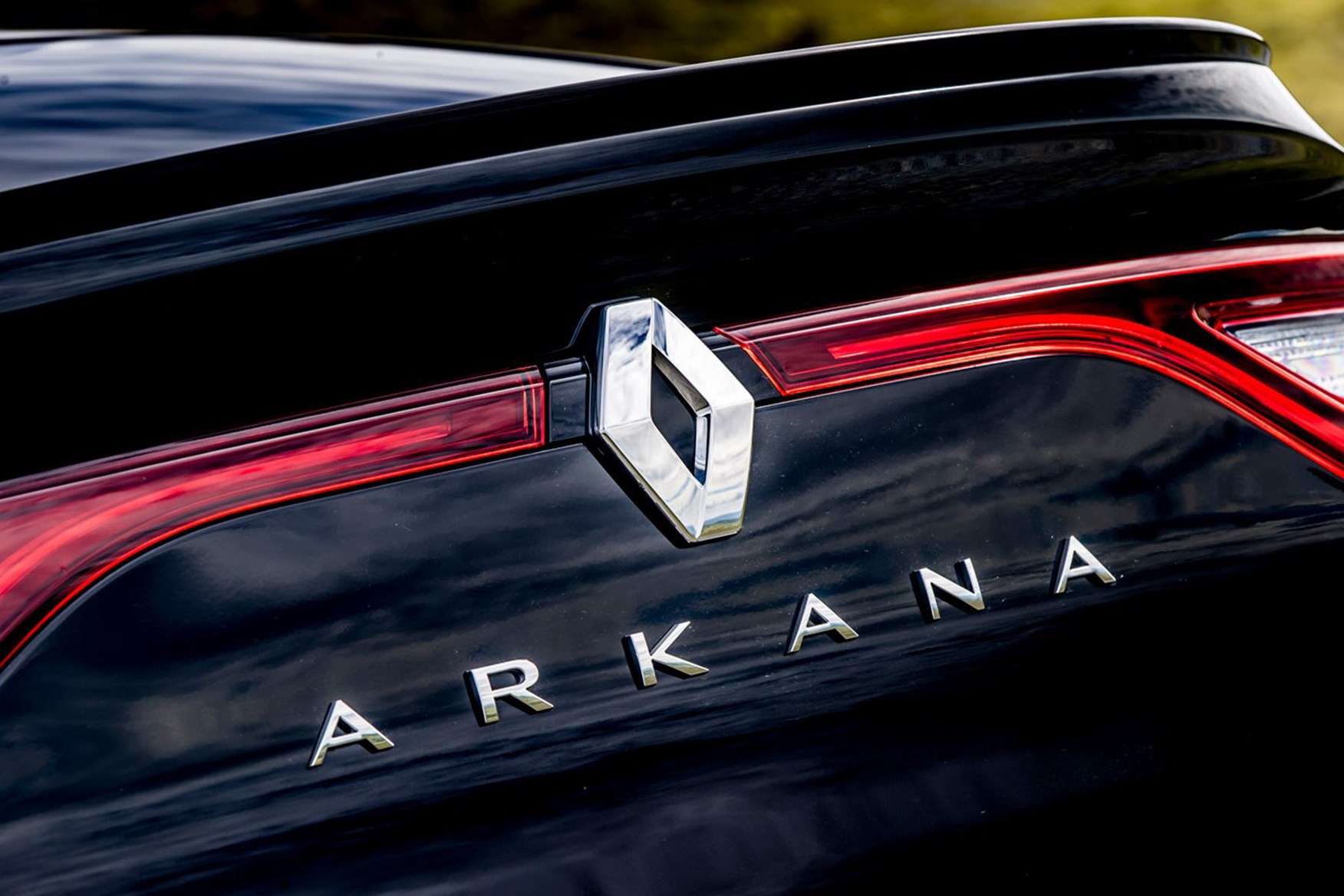
The middle-ranking S Edition has better infotainment than the entry-level Iconic, with the touchscreen up from 7.0 to 9.3 inches, bigger wheels – up from 17 to 18 inches – and various design changes. RS Line trim has different 18-inch wheels and more significant exterior changes, including a different front bumper and grille.
What else should I know?
The sleek shape isn't just about the looks. Renault says that the Arkana is about 25% more aerodynamic than a traditional SUV, which helps with economy and refinement.
Renault expects the E-Tech hybrid to be the big seller in the range. This system – as already seen on the Clio, Captur and Megane – uses energy-recovery know-how from the company's F1 team. The aim is seamless transition between electric, hybrid and petrol.
Renault Arkana verdict
Should you buy one?
The Renault Arkana might seem rather ordinary, even old-fashioned these days, considering the form is committed to launching 14 E-Tech hybrid and electric models by 2025. But looking at it in a more positive light, the Arkana is a proper car, adopting the SUV/coupe style that's a proven success for other car makers.
The Arkana uses tried-and-trusted technology that makes it capable and good to drive. More radical cars, with a higher degree of electrification, are available from Renault and elsewhere, if that's what you want, but for those who want a contemporary-looking car, and don't want to go electric, this is an appealing choice.
Right now, this is a smart, practical, enjoyable and decent-value new car that's going to be offered at an appealing cash price.
(parkers.co.uk)
A radical change: The new Renault Megane is an electric crossover
We were told a few months ago that we can forget about the Renault Megane as we knew it so far. However, the new generation of the once popular hatchback still wants to maintain the tradition, but only in one thing - to remain in demand. And as trends have changed, it can only do so if it becomes a crossover and an electric one. So, goodbye for the hatchback and SUS engines, these are the official photos of the Megane prototype. However, it is still under camouflage because the premiere is awaited, and the start of production of the serial version will be in 2022.
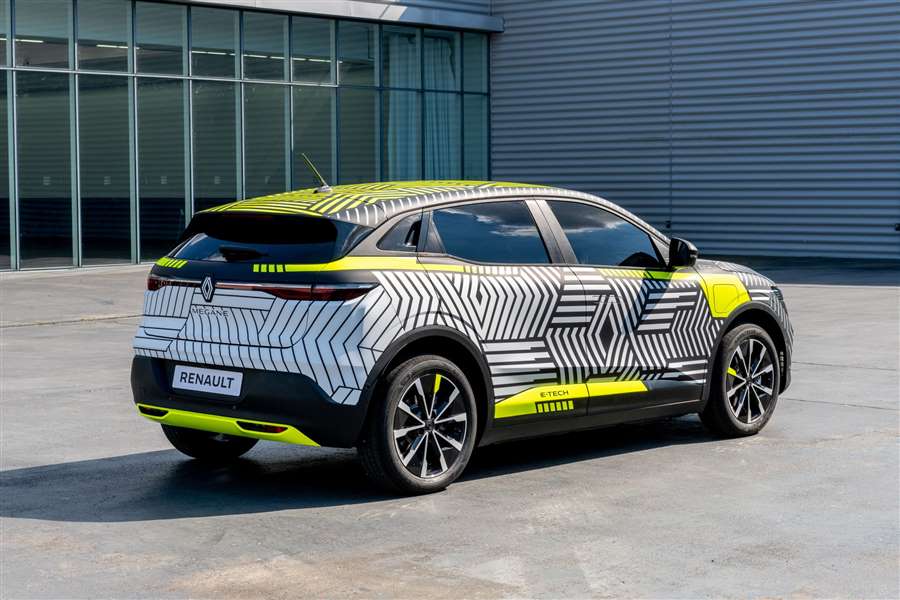
The French manufacturer showed us a prototype of the new Megane. The cunning plan to use the name Megane for a model that has nothing to do with the previous one, was coined just to help the new crossover establish some connection with previous Renault cars.
This is a pre-production model that is still camouflaged, but you can clearly see the form of the crossover, which will be the first in the alliance to use the CMF-EV platform, writes Index.hr. It is the same base used by the electric Nissan Ariya.
Renault is not revealing much data for now, but it is announcing that MeganE will have an electric motor with a power of 217 hp and a battery with a capacity of 60 kWh, which will provide a range of 450 km.
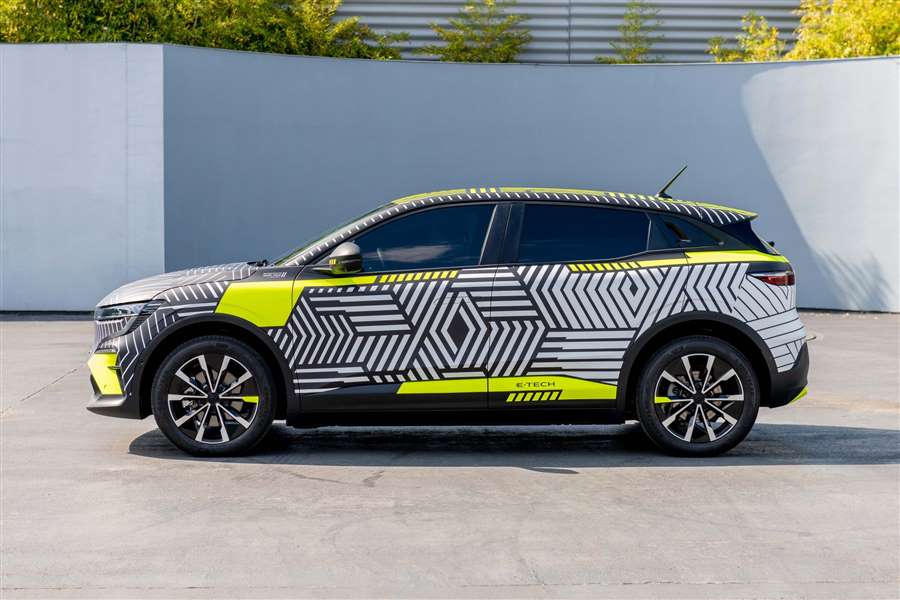
It is not yet known whether, like Ariya, they will get a version with two electric motors that has over 300 hp, but also a 87 kWh battery. Judging by what the rivals offer, it should offer such a variant as well.
In any case, the first 30 camouflaged copies Renault will release on European roads this summer.
The new model will be produced in French plants (Douai), starting next year.
What's new: By 2030, Renault will be the "greenest brand"
Renault is launching a new chapter dedicated to the modernization of the European car industry. At the online presentation, the head of the company Luca de Meo pointed out that out of 10 sold models, nine will have an electrified drive. Renaulution, as a strategic plan of the French company, includes a mix of hybrid and electric models. Seven e-models of the C and D segments will be presented by 2025, and the company's first coupe-crossover - Mégane Conquest marks the beginning of the sales offensive and will arrive in Serbia in June.
In the transition to the automotive industry, Renault intends to become the greenest brand in Europe by 2030, with 9 out of 10 cars sold being electrified models. In the field of technology and services, ie the project "Software Republique" will shape the future of urban mobility. More than 2,000 engineers from five leading companies in the industry will combine their knowledge in the fields of cybersecurity, artificial intelligence, data processing, software and microelectronics to create mobility solutions tailored to cities and local communities.
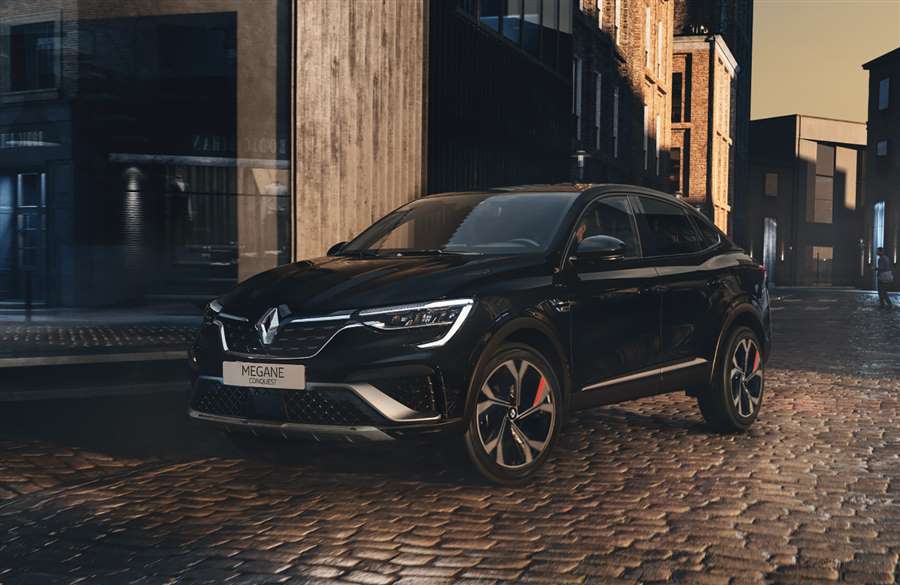
In addition, there is the Renault Re-Factory - Europe's first factory dedicated to the circular economy - marking the brand's turn towards a more sustainable and responsible business model with a total of 120,000 recycled or repurposed vehicles (including electric vehicles) per year. Almost 80% of the strategically recycled material will be reused in the new batteries. When it comes to the percentage of the use of recycled materials in new vehicles, Renault intends to take the first place by 2030.
The brand will conquer more segments with its "cars for life". Seven electrified C and D segment models will be introduced by 2025. The Mégane Conquest marks the beginning of a sales offensive.
The new generation Mégane E-Tech Electric, which will be an electric crossover, heralding the future of connected and fully electric vehicles, will also be introduced in the near future. Find out more about the new Megan here.
Finally, the E-Tech hybrid technology will experience further improvements in future models from segments C and D, primarily in terms of efficiency and fun driving characteristics. For now, in addition to the recently introduced Mégane Conquest, Captur E-Tech hybrid and Mégane E-Tech Plug-in hybrid, Renault has a total of six hybrid and plug-in hybrid vehicles.
With more than 10 years of expertise and almost 400,000 vehicles sold, Renault holds a leading position in the European electric vehicle market. Thanks to the experience in Formula 1, the brand has developed more than 150 patents that make hybrid technology efficient, fun to drive, with low CO2 emissions and low fuel consumption. This technology was introduced last year in three most important models: the Clio E-Tech hybrid, the Captur and the Megane Grandtour E-Tech Plug-in hybrids.
In the higher segments, especially the C-SUV segment, a new 1.2-liter three-cylinder engine combined with an electric motor will be introduced, with 200 hp for the hybrid version (2022) and 280 hp for the plug-in hybrid variant with all-wheel drive. (2024)
The first coupe-crossover with the Renault logo
It is the first C-SUV coupe to come with petrol TCe 140 and TCe 160 engines with 12 V microhybrid technology.
There is also a 145 hp hybrid engine that allows up to 80% of city driving on a fully electric drive.
New era: Renault will no longer develop diesel engines
Apart from the fact that the French manufacturer will no longer invest in the development of new diesels, it also announced that it limits the maximum speed to 180 km / h for new models.
At the recent Renault Group shareholders' meeting in Paris, CEO Luca de Meo also announced the maximum speed limit for all future models coming from this company.
"Speed on all our cars will be limited to 180 km / h," said de Meo, who has led Renault since last year.
He also announced that the first model equipped with a new electronic device that limits the maximum speed will be a serial version of the Renault Mégane eVision concept, ie the Renault Mégane E model announced for the next year, 2022. Moreover, the blockade on it will be even more extreme, ie it will be set at 160 km / h.
In addition to the device that will block the maximum speed (and will not be able to unlock), the electric SUV will be the first Renault equipped with another limiting system - automatic speed control called Safety Coach - active speed limiter, which will comply with speed limits and geolocation data, will take into account the road profile, examples of dangerous curves, weather conditions…
De Meo claims that he was led to these moves by statistics according to which speed is still responsible for a third of all traffic accidents with a fatal outcome, so he hopes that the restriction will significantly help increase road safety.
Furthermore, what Renault has developed from diesel engines - it has developed, because it will no longer invest in them, but will improve the current ones to the level as much as possible in terms of environmental standards.
CEO De Meo also confirmed that he will no longer invest money in the development of new generation diesel engines, and whether that means that Renault diesels will not exist in the Euro 7 era remains to be seen. However, seeing how the demand for hybrid and electric cars in Europe exceeds diesel, it will not be a surprise if French models with diesel engines disappear from the market in 2025.
Admittedly, diesel has already been discontinued in many models, and even Dacia has begun rejecting diesels in its latest generation of models in Europe.
New Renault 5 will have flashing lights (VIDEO)
A cult car from the seventies with flashing lights. Does that sound familiar to you? It is a cult R5. The French company has now revealed that the electric successor, shown last month, will take a lot of what the original Renault 5 had.
Nicolas Jardin, the exterior designer of the future Renault 5 model, reveals how the recognizable look of the original Renault 5 has been revived in a modern way.
Everyone will easily remember the mischievous and rebellious look that soon gained cult status, just like the car itself. Back in 1972, when this model arrived on the market, Renault gave its face to this look in the popular advertising cartoon Les aventures de Supercar.
Beautiful eyes were added to the headlights of the Renault 5, and so he set out to meet the French people. It is this classic and recognizable look that Nicolas Jardin wanted to revive in the Renault 5 Prototype model, while at the same time introducing it into the future.
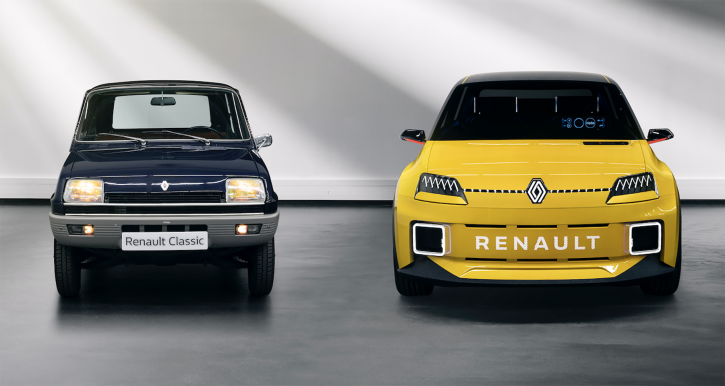
From a cult look to a new life
We have already written about the Renault 5 Prototype model, which was presented on January 14, when the future electric model was announced, which will be the successor to the original R5 model.
It should be noted that the designers ingeniously revived the original look of the 1972 version. They did not resort to retro design, but the recognizable elements of its cult ancestor are clearly visible from the prototype. From the very heart of the Technocentre, the place where Renault Group concepts and models are developed, Nicolas Jardin reveals how his project developed:
"We did not have unlimited freedom in working on this project. It was a reinterpretation of the R5 model and its transfer to the future. We had to design a modern product. "
In order to redesign the mischievous headlights and daytime running lights, “we started the design with the lines, angles and radii of the elements from the front of the original R5. Then, during the sketching, the headlights took on completely different dimensions and designs. "
Their final look is very elaborate, sculpted and reminiscent of eyes that laugh and are slightly wrinkled. The daytime running lights are rectangular in shape and are located at the bottom, reminiscent of the additional fog lights from the original version. As then, they are now housed on a body-colored front bumper. "Their crystal and three-dimensional processing as well as their extremely precise design are reminiscent of laser cuts, the world of aerodynamics and aeronautics."
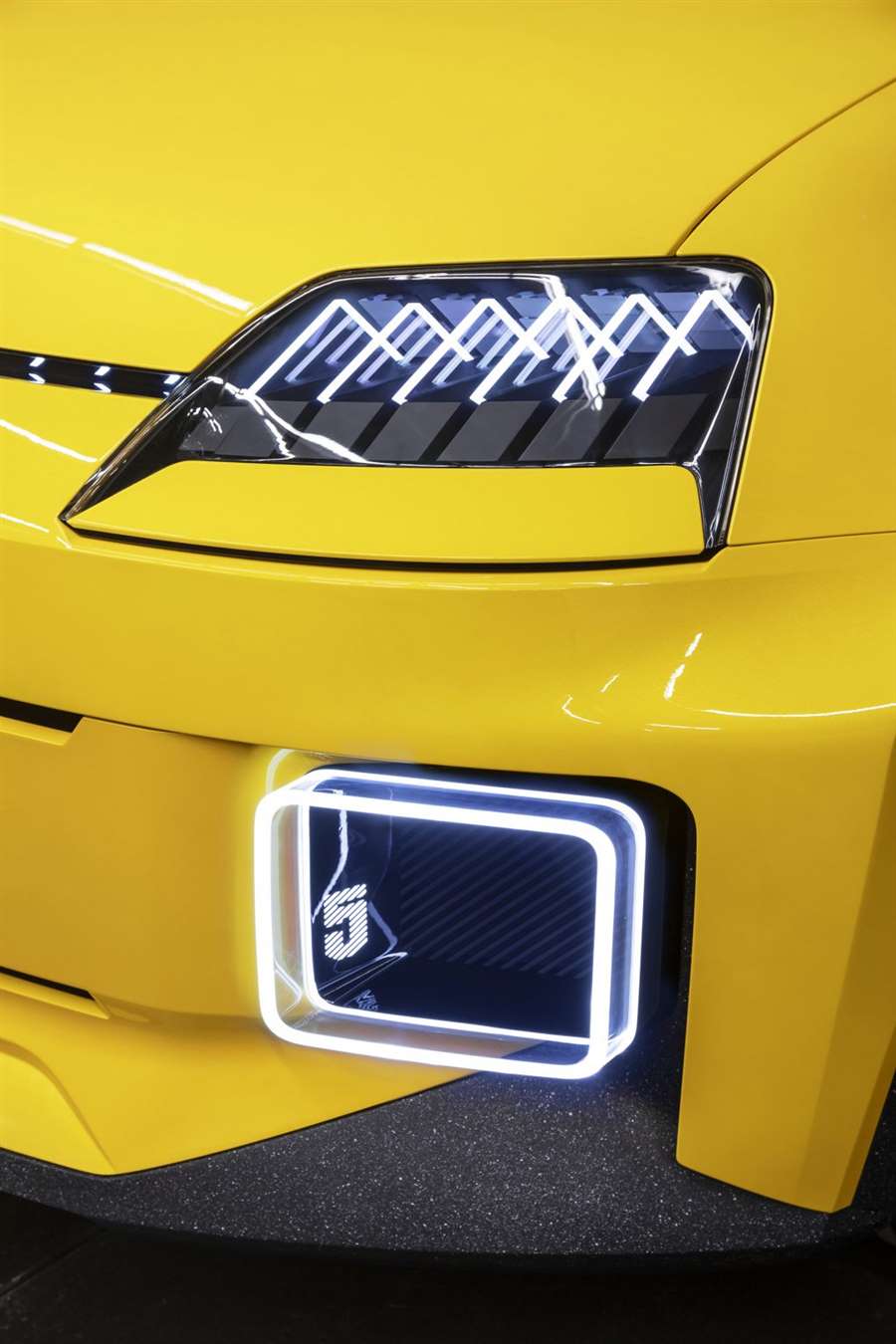
LED Matrix hint
Finally, ultramodern processes were used to revive the cult look of the R5. In particular, LED Matrix technology allows the installation of programmed animation with the help of which the lights come to life. This is evident from, for example, a series of lighting effects with which the car welcomes.
The new car logo is illuminated, launching an animation that extends into the front grille. Then the headlights come on, as if the car is winking. It is impossible not to notice that wink. "Thanks to Matrix technology and animations from the light greeting, we were able to repeat the expressiveness and mischievous look of the original car."
So, due to the design and light technology, the Renault 5 Prototype models on paper do not have much in common with the original R5 model. Still, our appearance is quite recognizable.
"To be a worthy successor to the R5, the car had to be expressive and lively. We managed to achieve that on this prototype, and it is a perfect example of modern design and the joy of living inherent in the Renault brand ", concluded Nicolas Jardin.
{vembed Y=zYqKA5jm1WI}
2022 Renault Captur interior, engine choice
The new 2022 Renault Captur debuts with slightly larger dimensions and a design inspired by the latest Clio super-mini, following a few spy photo sessions. The crossover has 85 percent new parts compared to its predecessor and is lighter, more aerodynamically-optimized, quitter, and more efficient, based on a new generation of the automaker’s CMF-B platform. The new Captur is 4.33 inches (11 cm) longer than the outgoing model, which results in 0.78 inches (2 cm) longer wheelbase, than depending on the trim level, it will ride on up to 18-inch wheels and will feature full-LED lights both at the back and the front. A total of 11 exterior colors, 4 contrasting roof colors, and 3 customization packages will be available, resulting in 90 possible color schemes, is unique in this segment, Renault says.
Crossover retains its C-shaped LED DLRs at the front which nicely correspond with the sculptured bumper than the taillights feature a similar shape and give the Captur a distinctive look together with the chrome stripes on the rear side panels, as well. Renault will offer roof bars or a semi-glazed opening sunroof, optionally.
2022 Renault Captur interior
The interior of the 2022 Renault Captur won’t be much of a surprise, if you’ve already seen the new Clio. The dashboard is dominated by a large vertical screen and just below it, there’s a bunch of buttons controlling different functions, also. The area where the gear lever is positioned is elevated for improved ergonomy and to free up some storage space,so, one major difference between the two is the so called flying console. To opt for a wireless inductive charging system for that space, customers will be able.
For which the automaker says is a class-leading number, the new Captur’s boot will swallow up to 18.92 cubic feet (536 liters). Additionally, 0.95 cu-ft (27 liters) of storage space can be found in different interior niches, as well. It’s fully integrated into the right-hand side, without reducing the volume, the optional Bose audio system brings an extra sub-woofer to the luggage compartment.
2022 Renault Captur engine
The 2022 Captur will be available with 1.0- and 1.3-liter gasoline engines with power ranging from 100 to 155 horsepower (74 to 115 kilowatts), in terms of power trains. Diesel fans will be offered a 1.5-liter dCi unit in 95-hp (71-kW) and 115-hp (85-kW) flavors. Five- and six-speed manual gearboxes will be available, as well as a seven-speed dual-clutch automatic, depending on the engine choice.
From 2022, the new Captur will also get a plug-in hybrid engine with up to 28 miles (45 kilometers) of purely electric range in mixed use, more importantly. Should become the segment’s first such offering when it debuts early next year, the so-called E-Tech mill features over 150 new patents from the French manufacturer.

